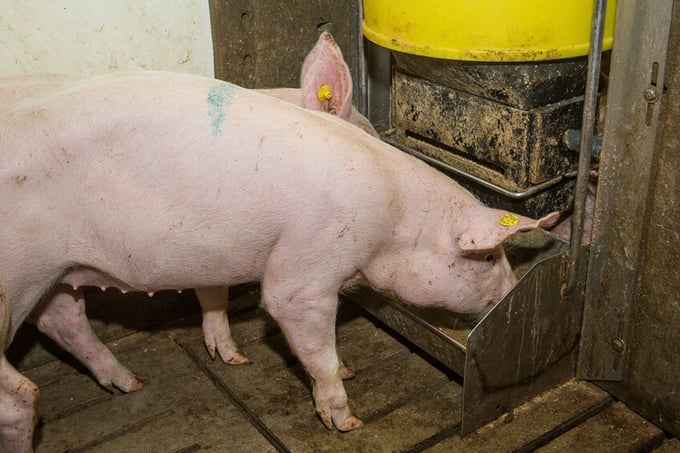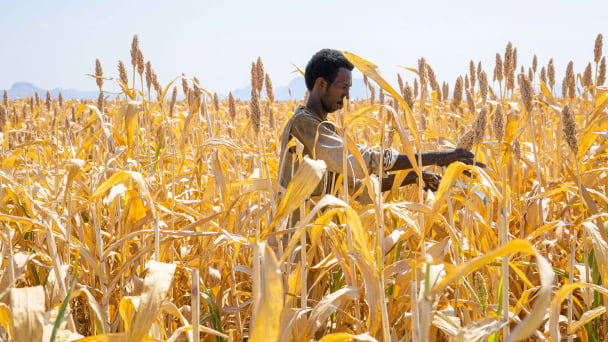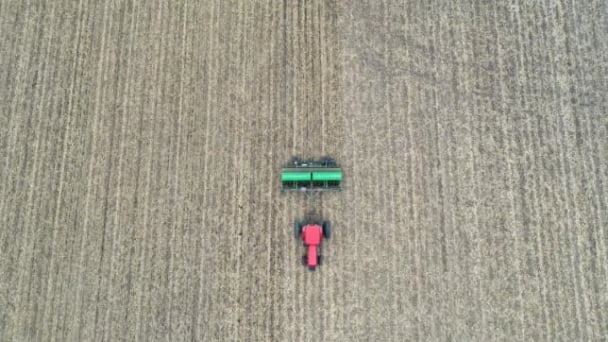April 20, 2025 | 05:30 GMT +7
April 20, 2025 | 05:30 GMT +7
Hotline: 0913.378.918
April 20, 2025 | 05:30 GMT +7
Hotline: 0913.378.918
This behaviour is influenced by genetics, gender, age, health, environment, stocking density, temperature, floor type, feeding system, and feed type. Due to pigs’ inclination for foraging and exploring, feed competition stands out as a significant risk factor for aggressive and damaging actions. In a recent study, researchers from Teagasc, Animal and Grassland Research and Innovation Centre, Ireland, and UCD Veterinary Sciences Centre, University College Dublin, Ireland investigated the potential of double-spaced feeders in mitigating such behaviour from weaning to slaughter.

Feeder space did not significantly affect live weight, daily gain, or feed intake. However, pigs in double-spaced feeder pens exhibited a better feed conversion ratio. Photo: Peter Roek
The study involved 288 pigs, ranging from weaning to slaughter age. The team tagged and weighed the pigs individually at weaning, with pigs remaining in their original litter groups. They randomly assigned litters to single- or double-spaced feeder pens. Single-spaced pens allowed 1 pig to feed at a time, while double-spaced pens facilitated feeding for 2 pigs simultaneously.
The researchers provided enrichment materials. They measured parameters such as daily gain, feed conversion ratio, feed intake, feeding behaviour, and competitive behaviour during feeding, They also recorded the occurence of tail, ear, and flank lesions. Carcass quality measures such as weight, lean meat percentage, muscle percentage, and fat percentage were recorded at the slaughterhouse.
Impact of feeder space on pig performance
Feeder space did not significantly affect live weight, daily gain, or feed intake. However, pigs in double-spaced feeder pens exhibited a better feed conversion ratio, indicating improved efficiency in less competitive conditions.
Impact of feeder space on carcass measures at slaughter
Using single-space feeders increased lean meat yield and kill-out yield, but had no effect on carcass quality at slaughter.
Impact of feeder space on feeding behaviour
Double-spaced feeders had a higher occupancy, shorter feeding bout durations, and more feeding bouts compared to single-spaced feeders.
Impact on competitive behaviour associated with feeding
Double-spaced feeders resulted in fewer instances of fighting, head knocking, body biting, and non-biting behaviour, indicating reduced aggression and competition during feeding. However, they also experienced more tail-biting outbreaks, leading to a higher incidence of tail damage and an increased percentage of damaged tails compared to single-spaced feeders. Nonetheless, the rate of increase in pigs with partial or complete missing tails was slower in double-spaced feeders.
Increasing feeder occupancy reduces feed competition
The research study concludes that increasing feeder occupancy through double-spaced feeders reduces feed competition, subsequently decreasing aggressive and damaging behaviors in weaner and finisher stages. However, it is important to note that this management strategy alone did not effectively reduce tail-biting behaviour compared to pens with standard single-spaced feeders.
(PP)

(VAN) California's $59 billion agriculture industry faces serious disruption as the U.S. clashes with China - one of the state's major export markets.

(VAN) Five things you should know about Sudan's food security crisis.

(VAN) 169 lotus seeds selected by the Vietnam Academy of Agricultural Sciences were carried into space by Vietnamese-American astronaut Amanda Nguyen.

(VAN) Tariffs are making life more expensive for John Pihl. He's been farming in Northern Illinois for more than 50 years.

(VAN) European and American farmer organisations are concerned about the import tariffs that the United States introduced on 9 April for products from the European Union. This makes them 20% more expensive.

(VAN) Global poultry trade is expected to remain strong amid relatively tight global protein supply and growing consumption, RaboResearch concludes in its latest animal protein report.

(VAN) Traditional methods benefit hundreds of species but as new agricultural techniques take over, the distinctive haystacks mark a vanishing way of life.